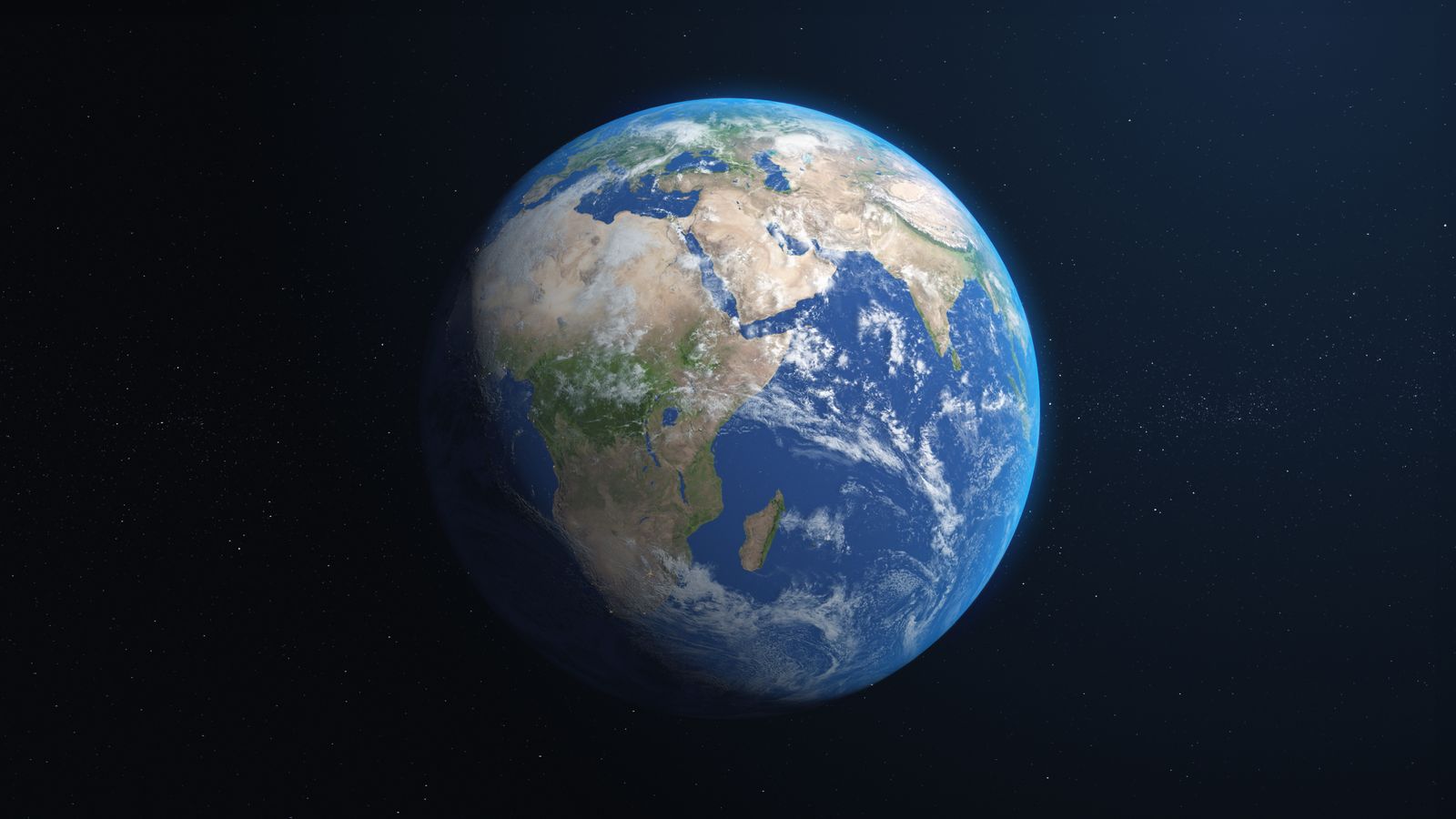Earth’s protective ozone layer ‘on track’ to recover by 2066, according to UN
Reports first suggested a hole in the ozone layer back in 1985. Now, scientists have suggested that full recovery is possible if measures like the 1989 Montreal Protocol stay in place.
By Lauren Russell, news reporter
Monday 9 January 2023 21:03, UK
Planet Earth
Why you can trust Sky News
The Earth’s protective ozone layer is “on track” to fully recover, according to a new assessment backed by the United Nations.
A scientific assessment, found that by around 2066, over the Antarctic, by 2045 over the Arctic, and by 2040 for the rest of the world, levels should return to what they were in the 1980s.
Sponsored link
Recommended byWhat is Outbrain
History Strategy Game
Paul Newman, co-chair of the scientific assessment, said: “In the upper stratosphere and in the ozone hole we see things getting better.”
While Meg Seki, executive secretary of the United Nations Environment Programme’s ozone secretariat, added that the report delivers “fantastic news”.
Scientists and environmental advocates have contributed these latest efforts to the ongoing success of the 1989 Montreal Protocol, which banned 99% ozone-depleting substances.
Having first come into force after scientists raised the alarm over a “hole” in the Earth’s ozone layer, chemicals that were found to deplete the upper stratospheric layer were banned.
Mr Newman went on to explain that the two chief chemicals that “munch away” at the ozone – bromine and chlorine – have “stopped growing” and levels are “coming down,” another testament to the effectiveness of the Protocol.
MORE ON CLIMATE CHANGE
Tires lie on the cracked ground of La Vinuela reservoir during a severe drought in La Vinuela, near Malaga, southern Spain August 8, 2022. A prolonged dry spell and extreme heat that made last July the hottest month in Spain since at least 1961, have left Spanish reservoirs at just 40% of capacity on average in early August, well below the ten-year average of around 60%, official data shows.REUTERS/Jon Nazca
Last summer was Europe’s hottest ever
Pic: Pittsburgh College of Engineering
Earth risks losing 40% of glacial mass if it doesn’t give up fossil fuels, projection warns
French gendarmes stand in front of the Hotel Matignon after environmental activists of “Derniere Renovation” (Last Renovation) group sprayed paint on the facade to draw attention to climate change and to denounce the French State failure to not honor its climate commitments, in Paris, France, January 4, 2023. REUTERS/Gonzalo Fuentes
French climate activists spray-paint front of prime minister’s office
Related Topics:
Climate Change
In a 2016 update of the Protocol, known as the Kigali amendment, countries agreed to phase down the production and consumption of other compounds known to have a powerful effect on global warming.
The new assessment said the Kigali amendment is estimated to avoid 0.3C to 0.5C of global warming by 2100.
It also says that new studies support previous assessments that the decline in ozone-depleting substance emissions avoids an additional 0.5C to 1C of global warming by mid-century.
Click to subscribe to ClimateCast with Tom Heap wherever you get your podcasts
Ms Seki said: “Over the last 35 years, the Protocol has become a true champion for the environment.”
The panel also examined the potential effects of a proposed deliberate addition of aerosols into the stratosphere – known as stratospheric aerosol injection – in order to reflect more sunlight and reduce warming.
It cautioned that the unintended consequences of this process could thin the ozone layer by as much as 20% in Antarctica.






























